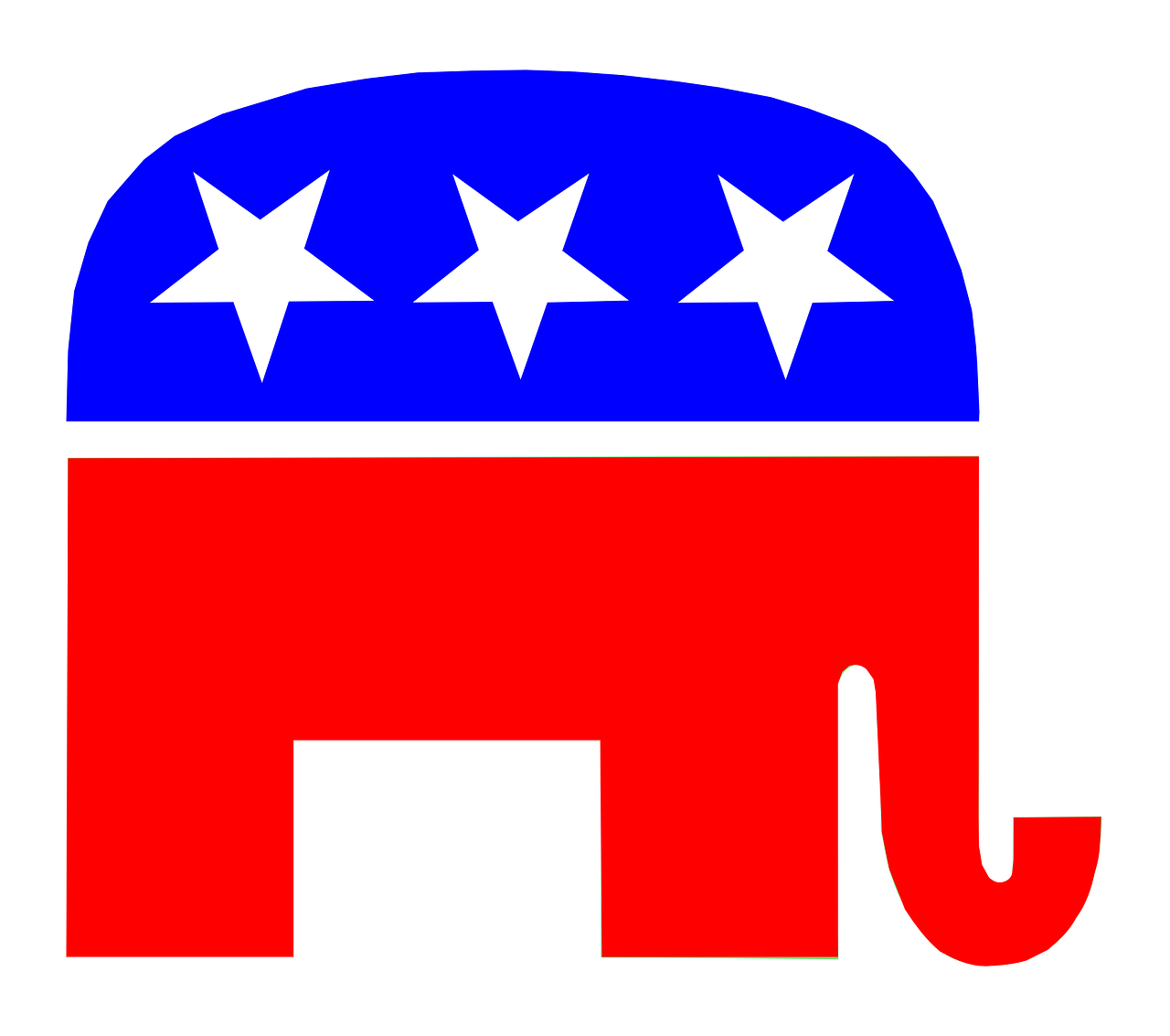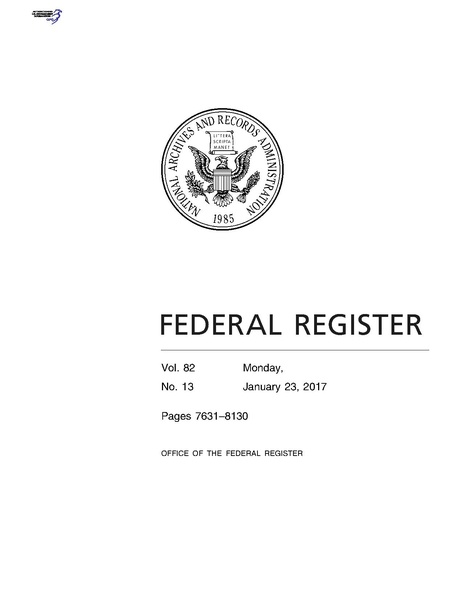Tag: Trump
-
Pete Hegseth confirmed as secretary of defense

The U.S. Senate voted to confirm Pete Hegseth as secretary of defense on Jan. 24, 2025. The Senate voted 51-50 in favor of his nomination with Vice President J.D. Vance (R) casting the first tie-breaking vote of his vice presidency in favor of Hegseth’s confirmation. This was the third member of President Donald Trump’s (R)…
-
Trump maintains lead in PredictIt’s 2024 Republican presidential primary market

As of April 3, 2023, PredictIt’s 2024 presidential market shows President Joe Biden (D) leading at $0.41, followed by Florida Governor Ron DeSantis (R) at $0.27, and former President Donald Trump (R) at $0.26. Biden has held the lead in this market since January 22, 2023. No other candidate has more than a $0.10 share…
-
President Trump executive order outlines use of artificial intelligence by federal agencies

On December 3, Donald Trump signed an executive order that aims to promote the use of artificial intelligence (AI) by federal agencies while protecting public trust and upholding the law. The order directs the Director of the Office of Management and Budget to post a roadmap for future policy guidance about AI consistent with the…
-
Federal Register weekly update: Highest weekly document total since June

The Federal Register is a daily journal of federal government activity that includes presidential documents, proposed and final rules, and public notices. It is a common measure of an administration’s regulatory activity. From October 5 to October 9, the Federal Register grew by 1,836 pages for a year-to-date total of 64,374 pages. Over the same period in 2019 and…

